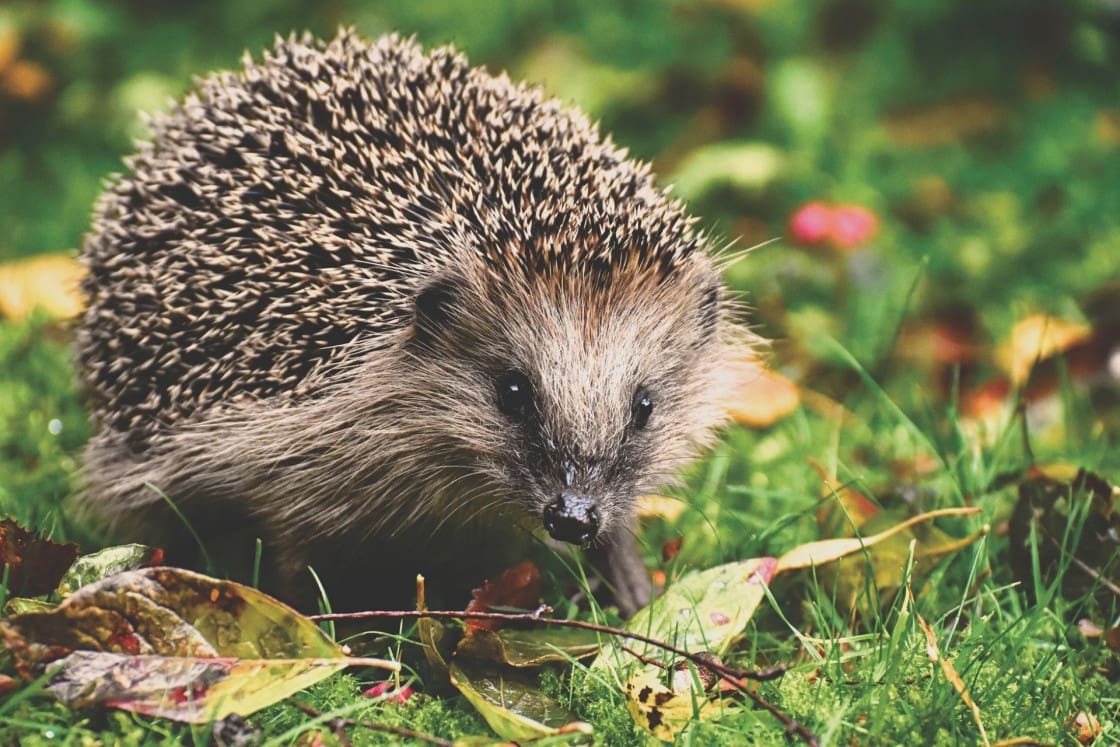Creating a Garden Oasis for Outdoor Entertainment


We both know that encouraging wildlife into the garden is crucial for helping vital ecosystems that support our planet. But, making our gardens wildlife-friendly doesn’t necessarily mean that we have to leave them to grow into wild jungles. Every space, whether it’s a huge estate or a busy family garden, can give a home to wildlife.
By growing hedges, you will provide a home to a variety of small creatures and birds. You can choose traditional favourites, such as clematis, dog rose and honeysuckle. In addition, other hedge plants that are great in attracting birds and all kinds of insects are climbers and creepers.
Plants that have only two flowers per stem aren’t the best in providing nectar and pollen so it’s better to choose wisely what you will be planting. There is a huge selection of gorgeous wildflowers and bulbs, which you can choose from, including bluebells, crocus, foxgloves. It’s highly recommended to plant flowers that bloom from spring all the way to autumn, such as Michaelmas daisy, stonecrop and ivy to provide nectar for early and late pollinators.
Unsurprisingly bigger plants like trees and shrubs do a better job at attracting wildlife since they provide both food and shelter for the smallest of insects to larger species such as birds and even squirrels. If you have space, you can create a small woodland habitat by planting a few trees close to each other. Ranging from crab apple and silver birch to yew and alder, these native trees will successfully create the perfect wildlife habitat.
Not only do they add a serene ambience to the garden, but ponds and different water features also help attract all kinds of creatures. A pond will always be great at attracting frogs, fish and stunning insects such as dragonflies which gives them a safe place to breed. You can also add water lilies and broadleaf pondweed to create the ideal underwater habitat. It is important to ensure the pond has a sloping side known as a ‘beach’ to allow the small creatures to easily get out or for wildlife such as hedgehogs to drink.
Hang a bird feeder on a branch to attract bird species of any kind, making sure it’s high enough so predators like cats don’t have easy access to it. Foods like unsalted peanuts and seed mixes are highly recommended and even grated cheese is sure to be appreciated by your avian neighbours. Make sure to get a squirrel-proof hanger so it doesn’t get stolen, however, it’s best to separately put out an ordinary feeder for the furry creatures, they need to feed too.
Cliffs, rocky areas and steeply sloping ground attract their own specialised plants and creatures. Create a small rock garden for the tiny species that prefer thin, poor soils, such as mason bees, which play a vital role in pollination. This type of area requires little to no maintenance, only need watering occasionally.
Composting has so many benefits from making healthy soil to be an excellent mulch, but it also helps shelter many small species, which love the released warmth from decomposition. Additionally, composting speeds up the natural recycling of nutrients since it’s home to decomposing organisms like fungi, worms and soil bacteria all vital to soil health.
Looking to make your garden more wildlife-friendly? Call our team today on 0116 210 0760.